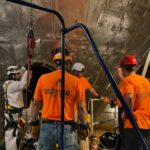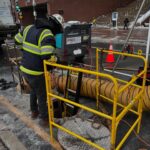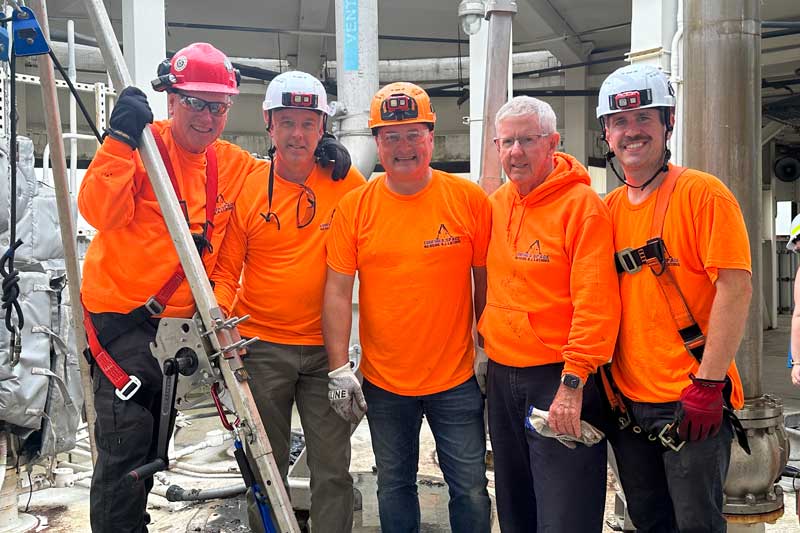When most people think about confined spaces, they picture tight tunnels, underground vaults, or massive storage tanks. But did you know that confined spaces exist in everyday workplaces, from construction sites, hospitals, to food processing plants? At Confined Space Rescue Solutions, we specialize in keeping workers safe in these challenging environments. Whether you’re entering a confined space for maintenance, repairs, or inspections, understanding the risks is critical. Here are five surprising facts about confined spaces that most people don’t know.
- Confined Spaces Are Not Always Small
The term “confined space” might make you think of a tiny, cramped area, but OSHA defines confined spaces based on three criteria: limited entry/exit, not designed for continuous occupancy, and large enough for a worker to enter. That means giant fuel tanks, sewer systems, and even aircraft wings can be confined spaces, despite their size.
- Atmospheric Hazards Are the Leading Cause of Death
More than 60% of confined space fatalities result from hazardous atmospheres. Dangerous gases like hydrogen sulfide (H₂S) or carbon monoxide (CO) can be odorless and undetectable without proper monitoring. Even oxygen levels can fluctuate dangerously, leading to suffocation or disorientation before a worker realizes they’re in danger.
- More Than Half of Confined Space Fatalities Are Untrained Rescuers
One of the most alarming statistics is that over 50% of confined space deaths occur when untrained coworkers attempt a rescue. Without the proper equipment or knowledge, would-be rescuers often succumb to the same hazards that trapped the initial victim. This is why professional trained standby rescue teams are essential for confined space entry.
- Confined Space Permits Are More Than Just Paperwork
Many companies treat confined space entry permits as just another form to fill out, but they’re actually a life-saving tool. These permits require hazard assessments, equipment checks, and emergency plans before anyone enters a confined space. Ignoring them or skipping steps can lead to tragic consequences.
- Not All Confined Spaces Require a Permit—But That Doesn’t Mean They’re Safe
Some confined spaces don’t require an OSHA permit because they lack immediately hazardous conditions. However, conditions can change quickly, and what starts as a safe space can become dangerous due to equipment malfunctions, leaks, or unexpected chemical reactions. That’s why continuous monitoring and proper training are critical, regardless of permit requirements.
Stay Safe—Trust the Experts
Confined space work is dangerous, but with proper planning, training, and rescue standby services, it doesn’t have to be deadly. At Confined Space Rescue Solutions, we provide expert standby rescue teams, training, and compliance solutions to ensure every worker goes home safe. If you have questions about confined space safety, contact us today!
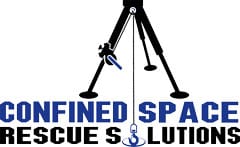

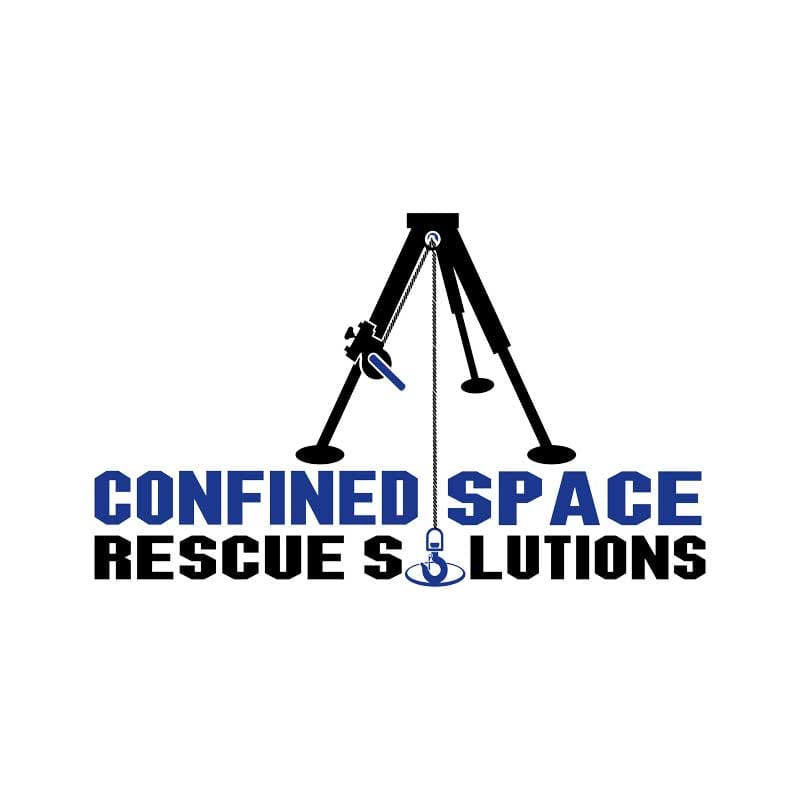 Confined Space Rescue Solutions, based in Quincy, MA, offers expert standby rescue and training services for employers with confined space entry needs. Serving clients across New England, the company specializes in ensuring the safety and compliance of workers in hazardous environments through professional rescue teams and tailored training programs.
Confined Space Rescue Solutions, based in Quincy, MA, offers expert standby rescue and training services for employers with confined space entry needs. Serving clients across New England, the company specializes in ensuring the safety and compliance of workers in hazardous environments through professional rescue teams and tailored training programs.